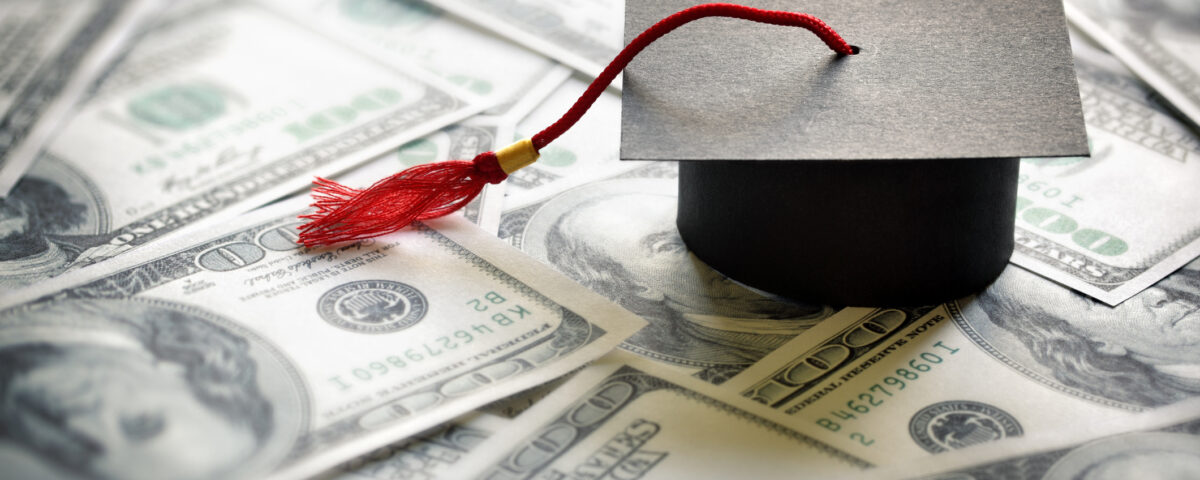How many people do you know drive a car, use a credit card, or pursue higher education? Which source do you think contributes more to the average American household debt?
If you guessed student loans, you’d be right.
As of Q4 2020, students around the country owed a total of $1.56 trillion, that’s an average of $37,584 per student. New York students owe an average of $28,650, ranking 13th in the nation. With credit card loans amounting to $820 billion at the time of writing, auto-mobile related debts, $1.37 trillion, fall closer to student loan totals. With a gap of nearly $9 trillion from student loan debt, mortgages take the cake when it comes to household debt: a whopping $10.4 trillion. That makes total U.S. consumer debt over $14 trillion.
Whether you’re an adolescent contemplating higher education or you’re in your early 30’s paying off debts from a decade ago, student loan debts are one of the first obstacles most Americans have to tackle once entering the real world.
Who owes what?
About 75% of the debt pool are undergraduate students. Graduate students contribute to the remaining quarter. However, they un-proportionally account for half of the outstanding debt.
6% of borrowers owe over $100k; they make up for over a third of all outstanding debt. Surprisingly, out of the 6% who owe that large figure, these students are actually the least likely to default on their loans. Students who went to for-profit institutions are more likely to default on loans. Despite how it seems, a quarter of undergraduates graduate with no debt, and another quarter with less than $20k due.
Can’t Pay It Off?
There is the obvious choice of finding a job to pay off student loans or finding creative ways to make money through a side hustle.
What If You Can’t?
There are modest chances you qualify to get loan forgiveness through these programs:
- The Public Service Loan Forgiveness (PSLF) program allows for loan forgiveness if you have been employed by a government or non-profit organization after you have made 120 qualifying monthly payments under a qualifying repayment plan while working full-time for a qualifying employer.
- The Teacher Loan Forgiveness is for teachers who have taught full-time for five consecutive years in a low-income elementary school, secondary school, or educational service agency. You will be able to get up to $17,500 if this applies to you.
- The Closed School Discharge applies if your school closes while you’re enrolled or soon after you withdraw. If you are very mentally/physically disabled, you may qualify for a discharge of your federal student loans.
Rarely can you get your federal student loans discharged after declaring bankruptcy, but it’s possible.
If none of these apply, you can put in a request for economic hardship or the unemployment deferment. These are ideal because you can stall your payments without having interest accumulate. You can also apply for forbearance to suspend your bills, but interest will remain active. Income-driven repayment plans are appealing because it tailors your monthly dues based on your income.
Call us at (718) 539-1100 or e-mail info@jcklaw.com to see what may be the right fit for you.


